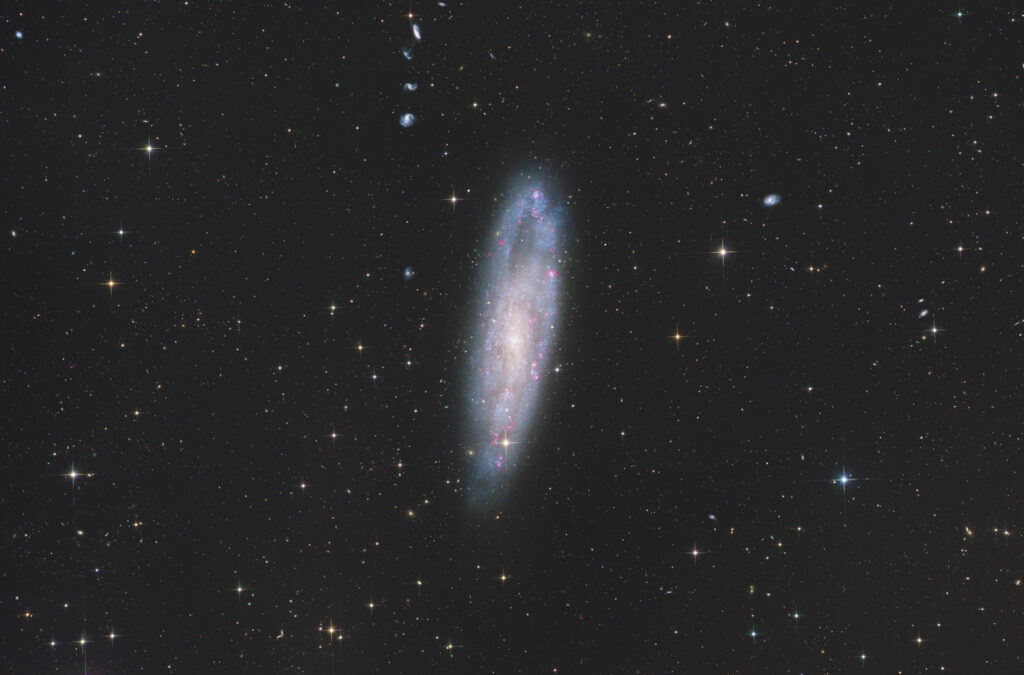
More southern skies galaxies, NGC 247 in Cetus, also known as the Claw Galaxy.
More details at Astrobin.
Continue reading
More southern skies galaxies, NGC 247 in Cetus, also known as the Claw Galaxy.
More details at Astrobin.
Continue reading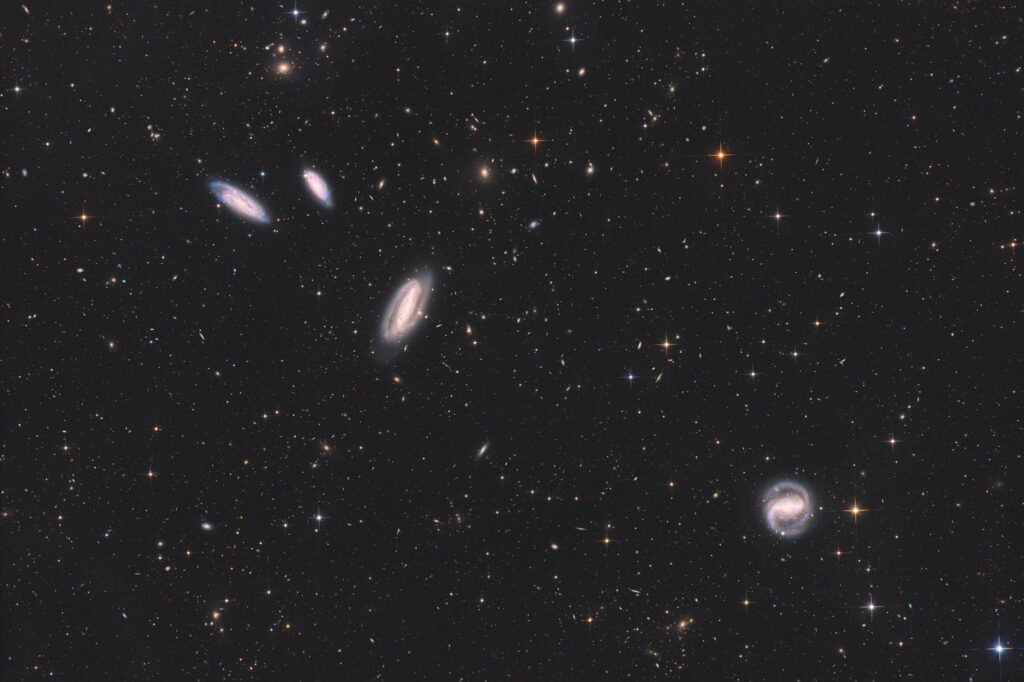
Back in Sep 2023 I imaged the close-ups of the Grus Quartet Galaxies, see here for NGC 7599, 7590, and 7582 and here for NGC 7552. Now with the wider field of the IAS remote telescope “Dieter” all four in one FOV. See the annotated version below for the myriads of galaxies (PGC) in the background.
More details at Astrobin.
Continue reading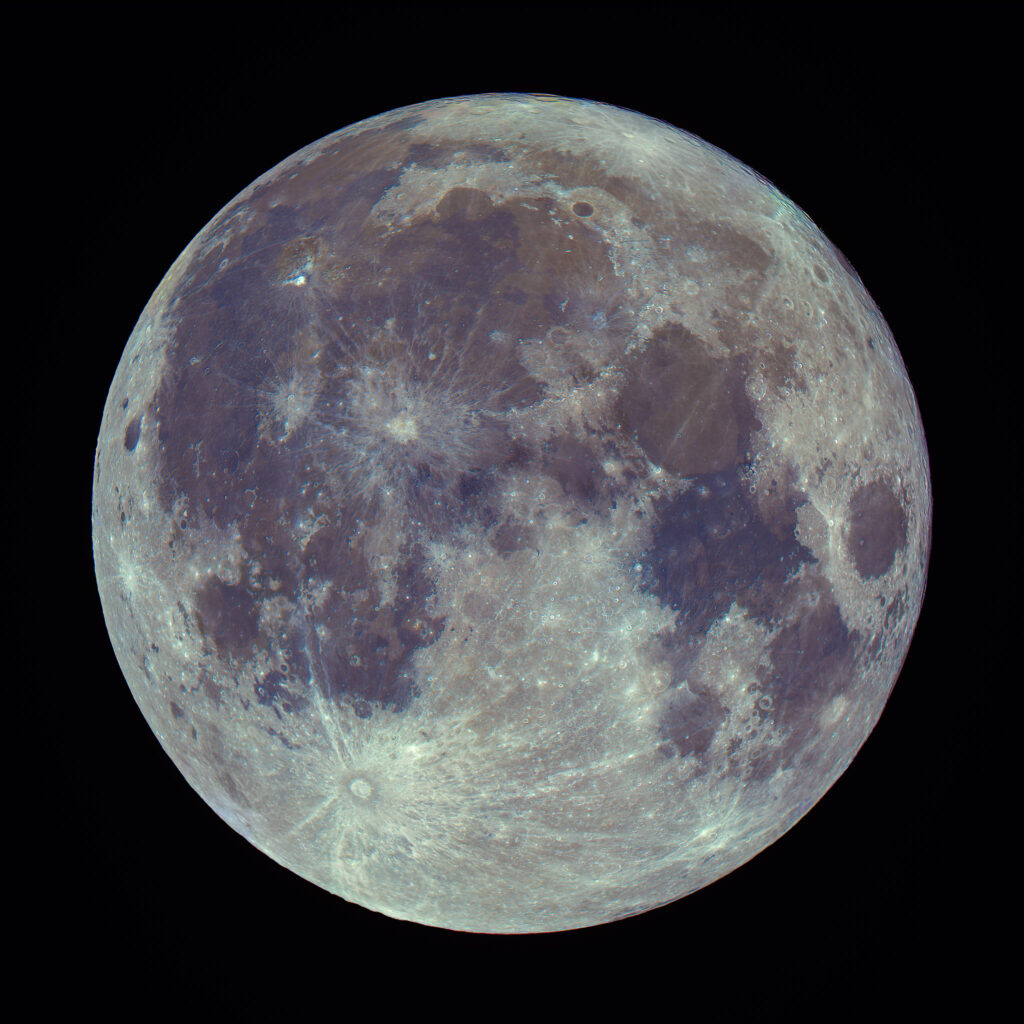
Last night’s full moon at 20:03 UT, almost a super moon, i.e. a full moon at perigee, which will be on 2024-08-21 5:05 UT at a distance of 360193 km. Two days earlier, the Moon here is at declination -14.7°, a distance of 364578 km, aged 13.8 d with the canoncial full moon at 18:28 UT. Combined RGB exposures with heavily boosted colors.
Continue reading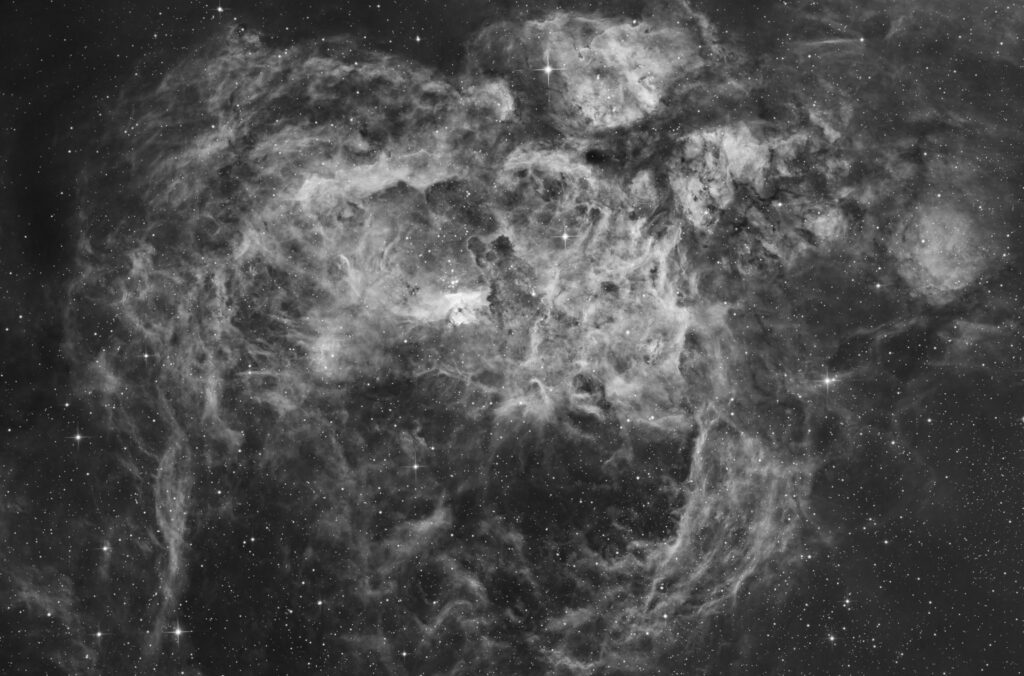
Gathering more H-alpha while approaching full moon. Two nights of Lobster data.
More details at Astrobin.
Continue reading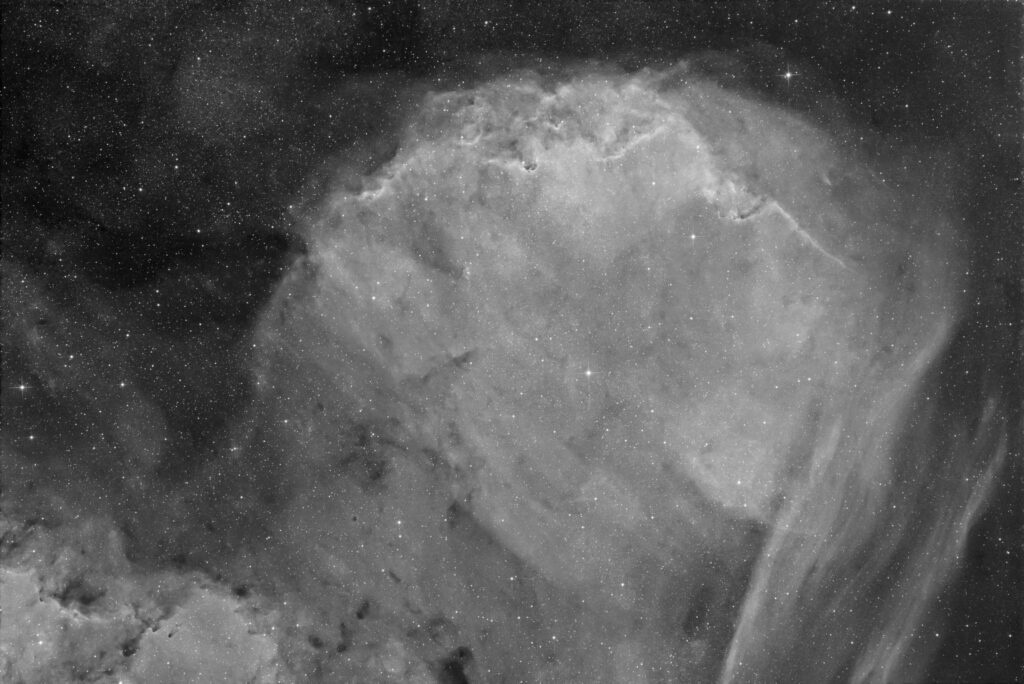
Some black and white H-alpha while the moon is more and more occupying the night.
Details at Astrobin.
Continue reading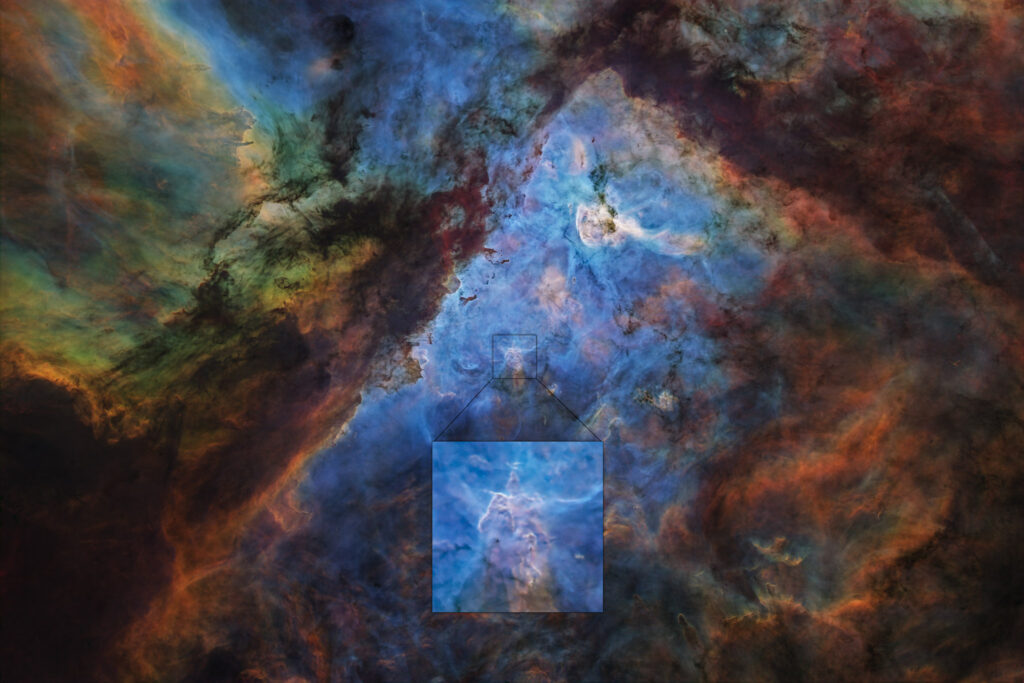
If you were looking for the Mystic Mountain in the previous post of the Carina Nebula, here’s an enlargement of this feature in the starless image.
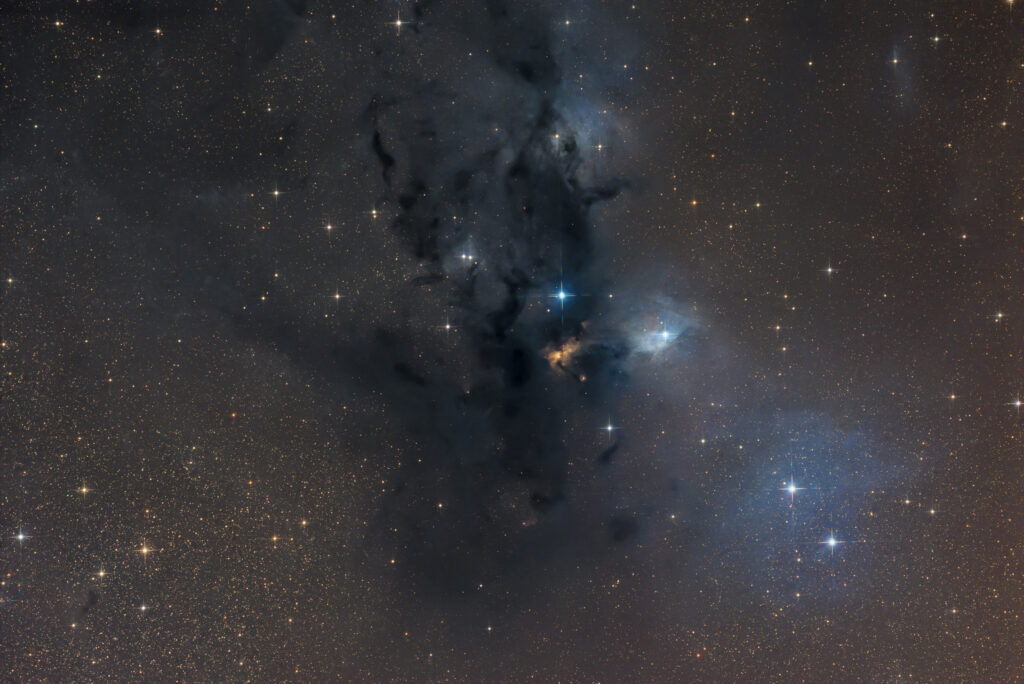
Another cosmic composition of reflection and dark nebulae, vdB 123 and surroundings in Serpens.
More details at Astrobin.
Continue reading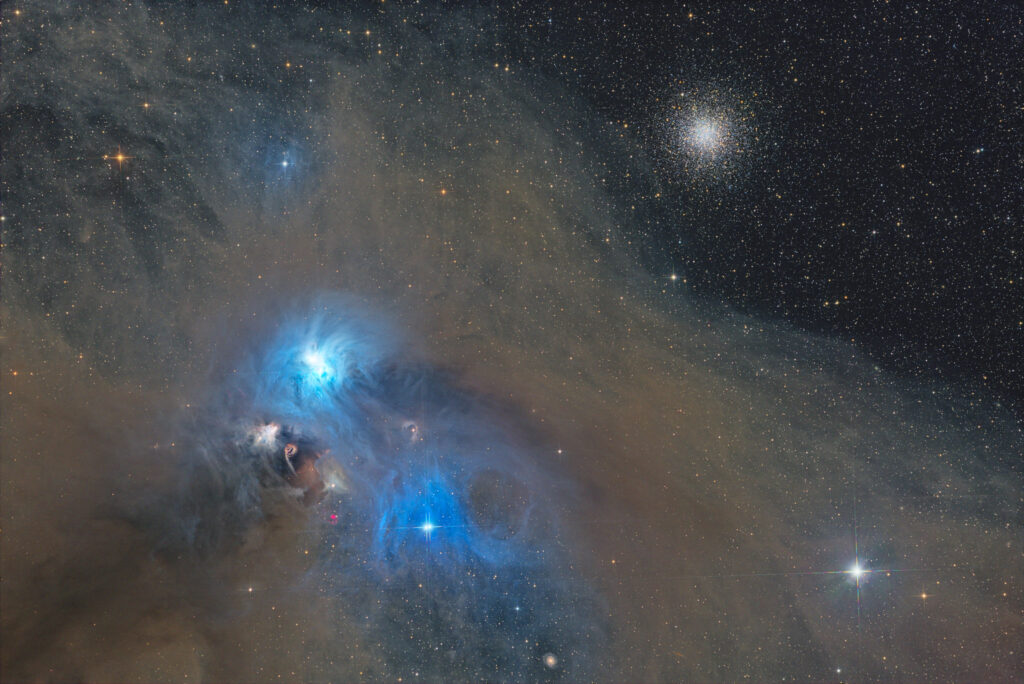
One of most beautiful region in the southern skies, the Corona Australis Molecular Cloud with the NGC 6726 and IC 4812 reflection nebulae and nearby Chandelier Cluster NGC 6723. The later belongs to Sagittarius, though.
More details at Astrobin.
Continue reading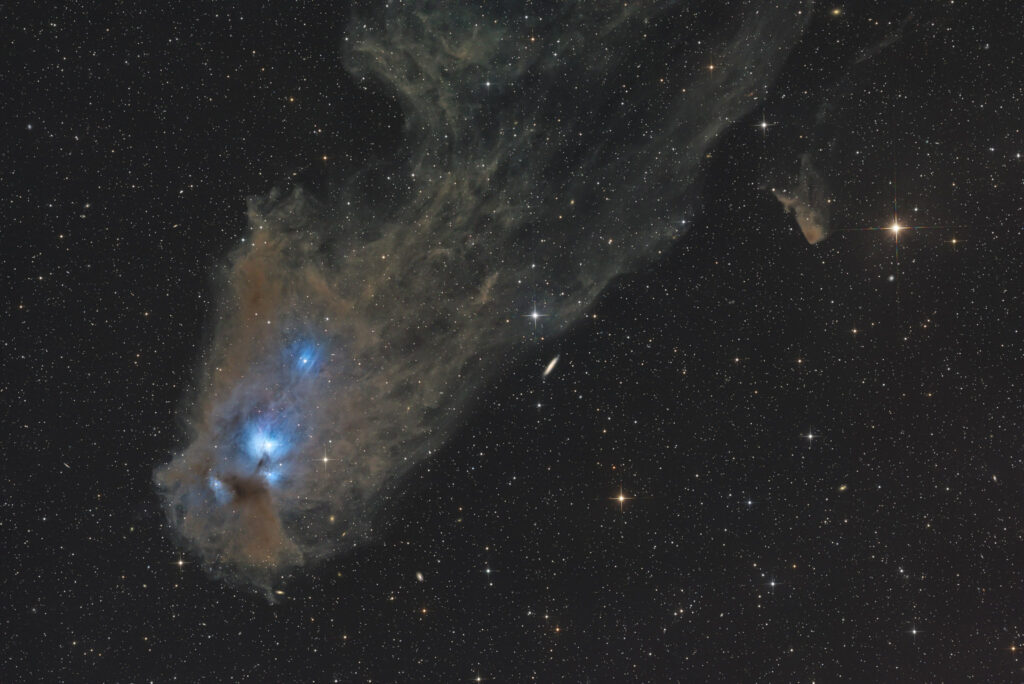
Most of the CGs – Cometary Globules – are in the outskirts of the Gum Nebula, CG12 here is located in Centaurus together with the reflection nebula NGC 5367.
More details at Astrobin.
Continue reading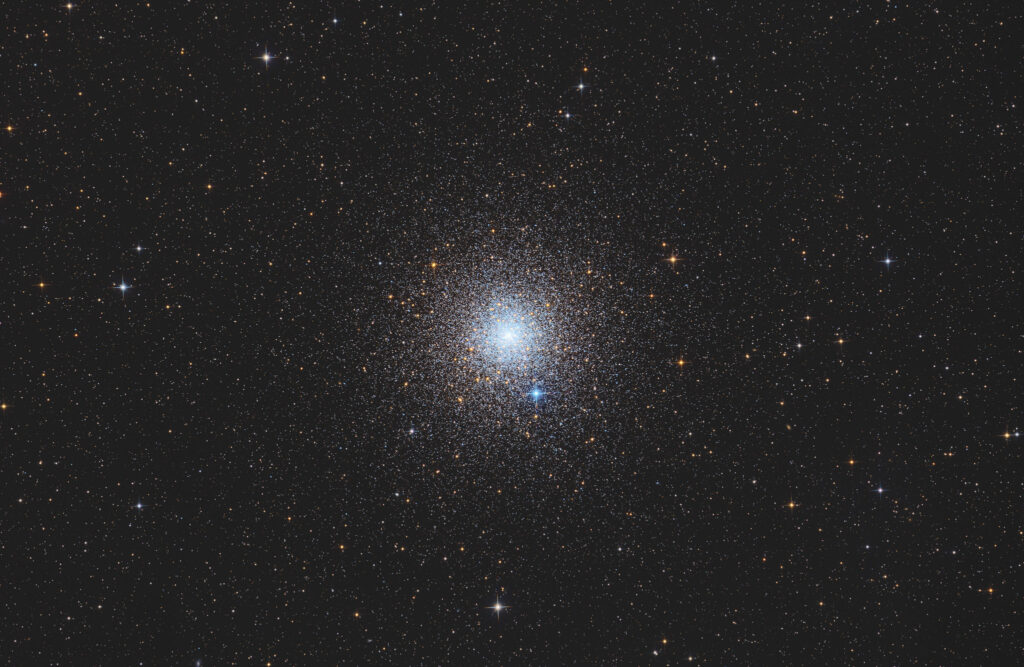
Enough SHO images, here’s something in plain LRGB, NGC 6752, the Great Peacock Globular Cluster in Pavo.
More details at Astrobin.
Continue reading